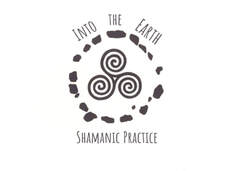INDIGENOUS ROOTS AND WILDLIFE CORRIDORS. Left to Right - Hampshire - Yorkshire - Northamptonshire As I walk through a wheat field on Walderton Common which runs along the boundaries of Hampshire and West Sussex, I stop to gaze at a tractor ploughing the soil mobbed by the birds following it and I reflect on the timelessness of farming practice. Indeed, the tractor was once a horse which dragged the plough along, but the sight and scents continue in a similar manner and the rural countryside of England is where my indigenous rural roots are to be found. I need not travel to jungles or plains in distant places but to rolling downs, ancient woods and babbling brooks to discover the magic of my ancestral roots. Is my ancestors plight any different from the indigenous tribes from all around the world? Were they not wrenched from their homes and families to work in terrible conditions in polluted industrial areas to become the slaves of so-called progress? The earliest evidence of land clearance is in areas known as the planned countryside. For instance, the Yorkshire Wolds, an area of chalk downland was cleared as early as 7000BC by Mesolithic man. They created heaths and pasture for wild beasts that they consumed for food. These areas were maintained by the continued burning of the heaths to stop the trees returning. Later in the Neolithic period (5000BC) woodland was cleared permanently for agricultural use in areas such as East Anglia, Somerset and the Lake district. These areas had shallow more easily cultivated soils and were originally open-prairie farming field systems changed into small hedged fields by the enclosure acts of the late eighteenth and early nineteenth centuries. The areas that were farmed early on in history stretch from York through the centre of England to the Dorset coast. They contain straight roads, regular fields and only a few isolated ancient features missed by the enclosure commissioners. John Claire, a famous poet from Northamptonshire in the East Midlands was deeply affected by the enclosure acts which he felt destroyed much of his beloved countryside where he lived. He wrote wonderful poetry which expressed a deep love of the English countryside. Old stone pits with veined ivy overhung Wild crooked brooks o’er which was rudely flung A rail and plank that bends beneath the tread Old narrow lanes where trees meet overhead Path stiles on which a steeple we espy Peeping and stretching in the distant sky And heaths o’erspread with furze blooms’ sunny shine Where wonder pauses to exclaim ‘divine’ Old ponds dim-shadowed with a broken tree – These are the picturesque of taste to me While paintings winds to make compleat the scene In rich confusion mingles every green Waving the sketching pencil in their hands Shading the living scenes to fairey lands John Clare Left to Right - Musk Mallow - Vervain - ST John's Wort - Red Bartsia
Continuing my journey on Walderton down I arrive at a threshold where the wheat field ends and the woodland starts. Here the magic happens as a sudden riot of colour disturbs the green grass and plumes of butterflies rise from the grass. The wheat is too barren, the wood too dark but the wildlife corridor between the two is a perfect mecca of biodiversity and a beautiful sight to behold. Fritillaries, holly blues, bright yellow brimstones, red admirals and peacock butterflies feed amongst wild marjoram and hawkbits. A closer look reveals the yellow stars of St John’s wort and delicate pink colouring of musk mallow blooms cluster together on a singular stalk. The tiny pink flowers of vervain are held on stiff stalks and I wonder how such a subtle plant captured the attention of the Celtic and Roman people for them to discover its use to assuage pain, treat nerves and calm stress. Speedwell and milkwort caress the grass with sky blue flowers just millimeters across as hemp agrimony and willowherbs stretch above them. Yellow and white bedstraws clamber for space whilst red bartsia and self heal decorate the edges. A single rest harrow flower hides behind the fleabane. As I enter the woods sweet woodruff foliage appears as enchanters nightshade and herb bennet grow around it. Lord and ladies' berries stand as a warning whilst herb Robert and hedge wound wort make use of a gap in the canopy. So much to discover, so much to see, my indigenous roots are nestled in the wildlife corridors of a rural England, for this is the place where chance decided I must be: ‘All the wild world is beautiful, and it matters but little where we go, to highlands or lowlands, woods or plains, on the sea or land or down among the crystals of waves or high in a balloon in the sky; through all the climates, hot or cold, storms and calms, everywhere and always we are in God's eternal beauty and love. So universally true is this, the spot where we chance to be always seems the best.’ John Muir If you have enjoyed this article you may wish to subscribe to our free newsletter packed with articles and updates on trees, plants and nature connection.
1 Comment
Christopher DeQuincey
8/2/2020 11:25:21 am
Really like John Clare. I use or interact with St Johns wort and the Malva, have known Vervain, but remain unfortunately somewhat ignorant of Bartsia . All of nature has been a friend, the Northamptonshire poet a friend, thank you for the beautiful poetry the wonderful prose, all the best.
Reply
Leave a Reply. |
Details
Poetry of flowersJoin me to explore the flora of the British Isles on this blog. My intention is to attempt to capture the unique quality and beauty of each species of flower, tree or shrub. For every species featured I will be growing many more wildflowers to celebrate the joy of their existence, their intrinsic conservation value and bewildering array of uses. For nearly 30 years I have noted, studied and explored wildflowers in the field much to the patience of the walker beside me. To share this passion is a heartfelt plea to respect, preserve and care for all British Wildflowers no matter how common they seem. Archives
February 2024
Categories |
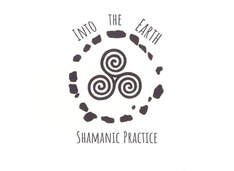

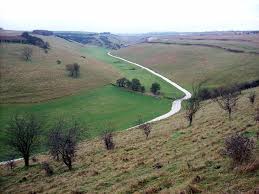

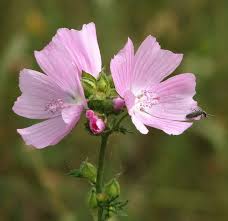

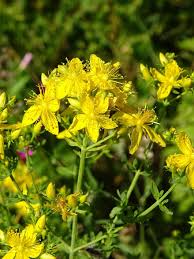
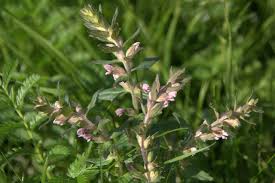
 RSS Feed
RSS Feed
